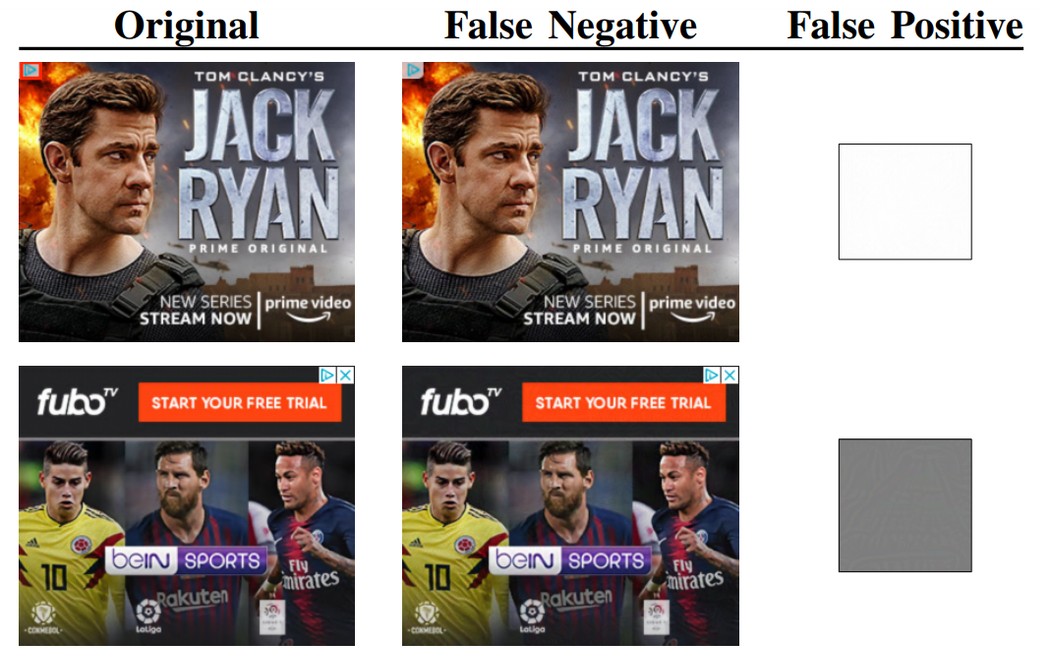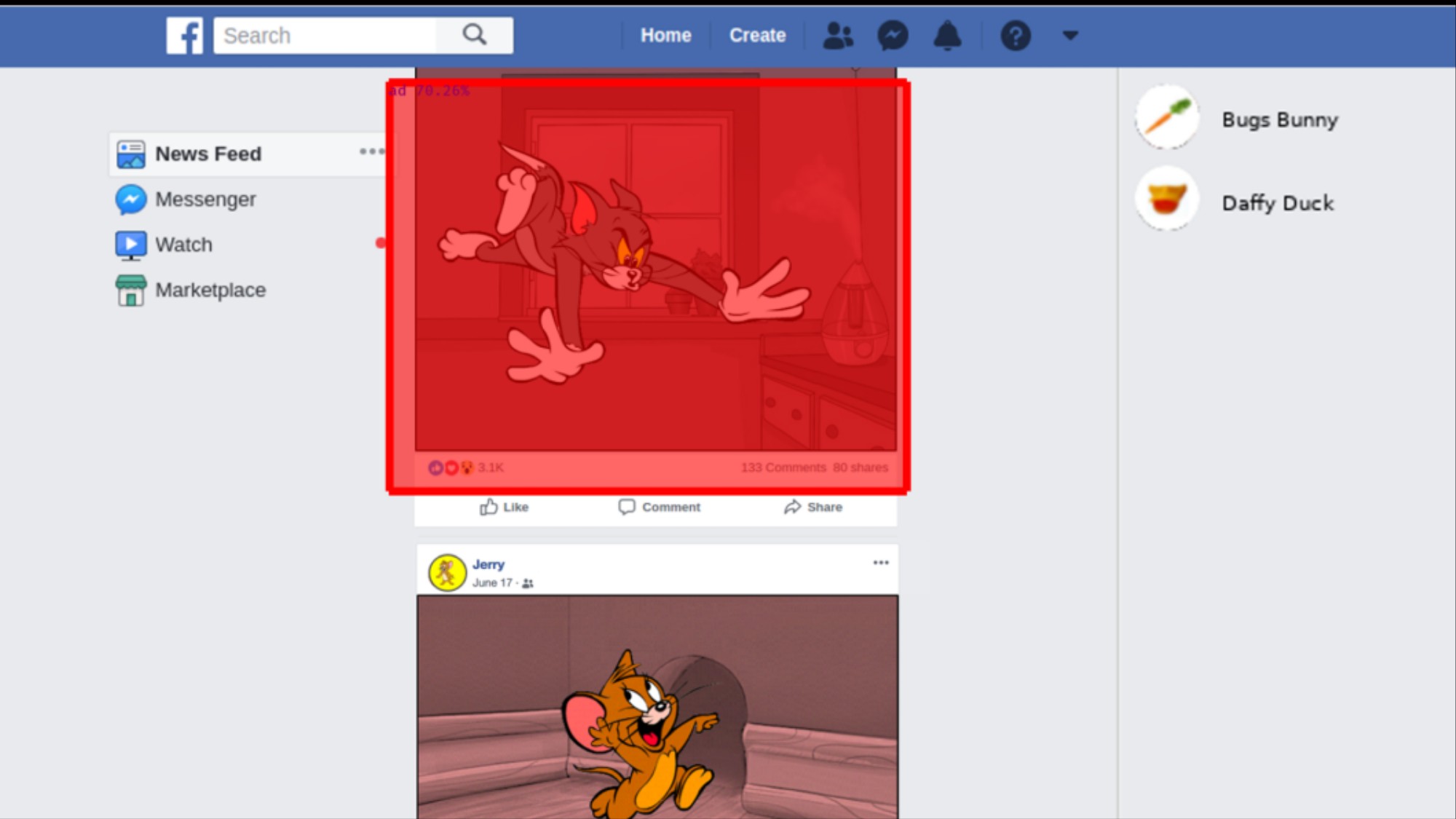Researchers overcame the most powerful ad blockers, a format war is coming

Over the past few years, ad blockers, both services and applications, have become extremely popular among Internet users. Most of us do not like too intrusive and irrelevant advertising, and in most cases it is just that.
Blockers can be called a real salvation for those who are fed up with advertising, but for publishers and advertisers this is a real punishment. As soon as they became popular, advertising experts began to deal with them - after all, when the blocker is on, the portal visitor or application user does not see promoted goods or services. So, both advertisers and publishers are losing money.
However, even the creators of blockers, in particular, AdBlock, do not mind making some money, so in some cases we still see ads even when the blocker is on.
Last year, researchers from Princeton developed a new type of blocker that allows you to detect ads on the page visually, after which it is blocked. The plugin was even called super-weapon, which is able to overcome any advertising.
As it turned out , if you wish, you can take over and over such a powerful tool. Researchers have attracted artificial intelligence to this task, which is able to replay visual ad blockers. According to the developers of such an "antidote", their product is still unbeatable.
According to experts, the development of this kind of blockers opens the way to new stages of competition between advertising creators and developers of blockers. As soon as the visual blockers spread, we can expect the progress of the fighters against the blockers - that is, publishers and advertisers.
Blockers like AdBlock or uBlock work on the basis of a set of rules telling the program or service what content to block. A list of blocked resources is maintained, which can be either custom or created by system developers. Some of the listings can be found on EasyList . The problem with lists is that advertisers constantly find ways to bypass the blocking, to be out of the list.
Visual blockers act differently - they are looking for blocks with text or images, where there is an inscription “Sponsored” with a link or there are some other signs of advertising, like the “close” button, like on pop-up banners. To bypass the visual blockers is much more difficult, because it requires changing the appearance and content of advertising content, as well as the way the advertising material appears.
The blockers of the new type successfully worked for about a year and a half, when, finally, a tool appeared to combat them. "Antidote" was invented by scientists from Stanford and CISPA Helmholtz Center. Specialists have discovered vulnerabilities in the algorithms of actions of such programs and services. These vulnerabilities can be successfully used to combat blockers.

The researchers published in the FB a harmless shot from a cartoon under the guise of advertising, which triggered the blocker to trigger. As a result, all such images were blocked.
Of course, the experts could not conduct experiments with all the advertising destroyers. Instead, efforts have focused on the study of two types of visual blockers. The first is the Perceptual Ad Highlighter, the second is the Sentinel. Both to combat advertising using neural networks. They depend on such an element as a classifier, a neural network “trained” on the basis of thousands of screenshots of different types of advertising samples.
Advertisements were modified in such a way that changes from the original ads were almost imperceptible to humans. But even this smallness was enough to fool the ad blocker. In some cases, it was possible to deceive the blockers, so that they removed the usual content from the page, but left the ad unit.
Researchers have tried several types of “advertising attacks” on visual blockers. One of them involved a change in the AdChoices logo, the second was the imposition of a transparent mask on the website, which allowed the blockers to be deceived.
According to the researchers, their goal is not to discredit advertising blockers. On the contrary, they want to draw attention to the fact that it is very easy to deceive the blockers - the visual systems used now are not very reliable.
